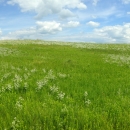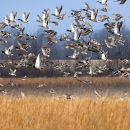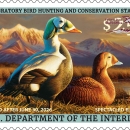Our Services
Grazing is a win-win for the U.S. Fish and Wildlife Service and cattle producers. Not only does grazing stimulate native grasses and improve habitat, but it relieves grazing pressure off local farms. Windom WMD seeks cooperative grazers annually to help meet management needs. New grazing opportunities are usually posted in late February to early March.
Windom WMD has a very active easement and fee title acquisition program. Interested in enrolling in a grassland or wetland easement? Read more below about our grassland and wetland easement programs.
Interested in selling your property for future generations to enjoy? Contact our office! We are currently looking for new land acquisitions. Will your property be the next Waterfowl Production Area or National Wildlife Refuge?




